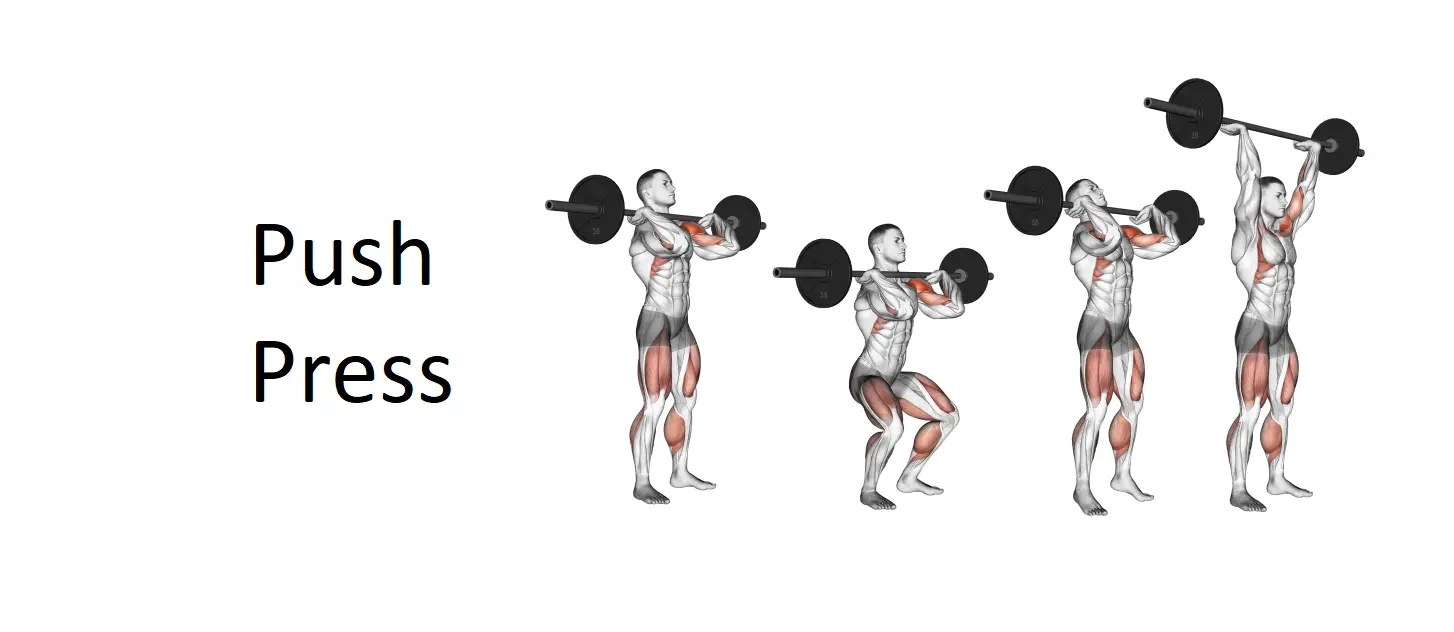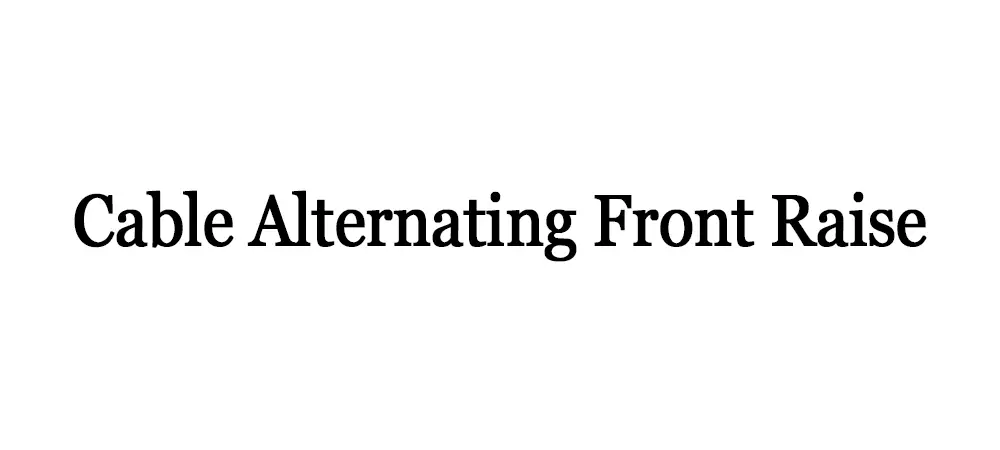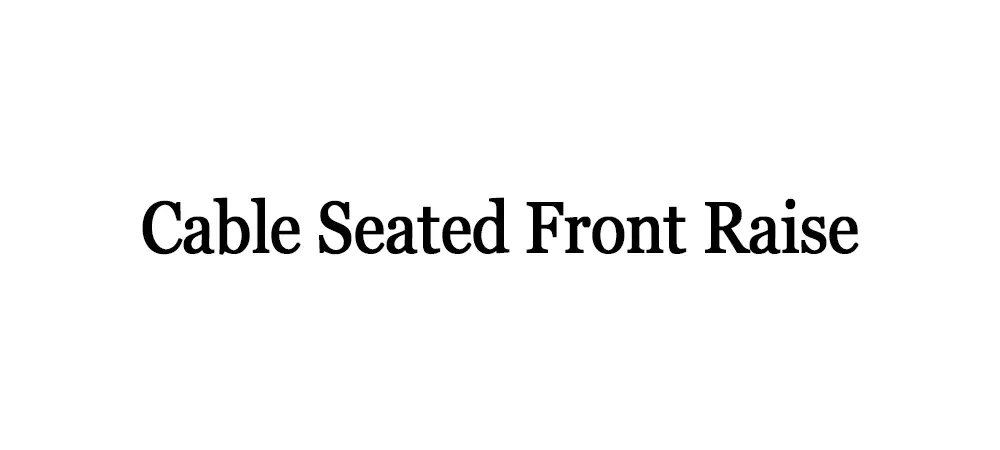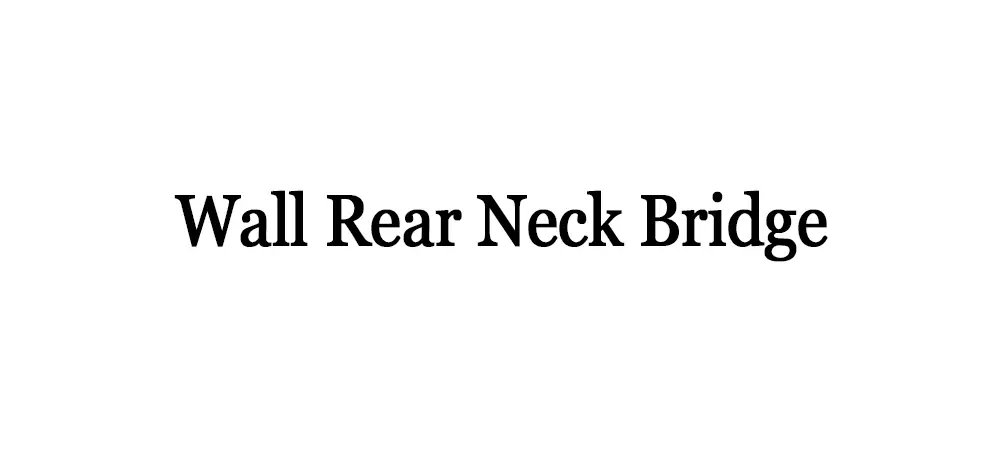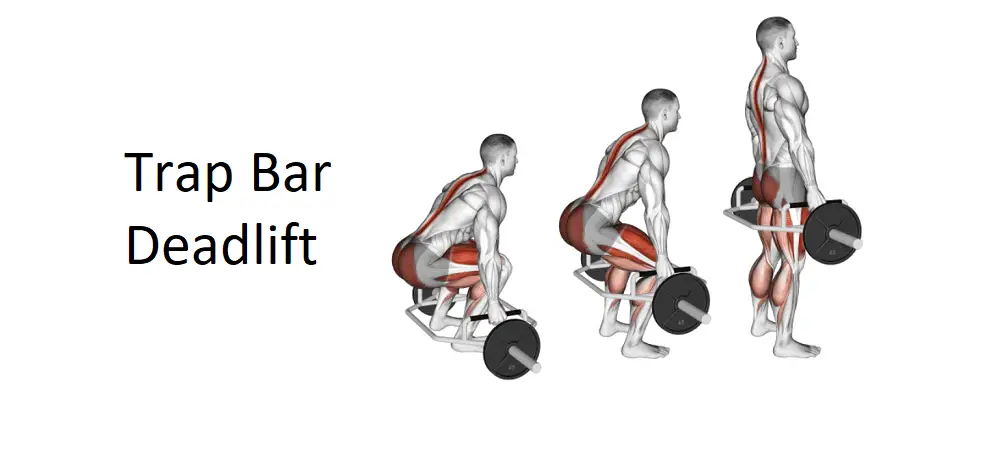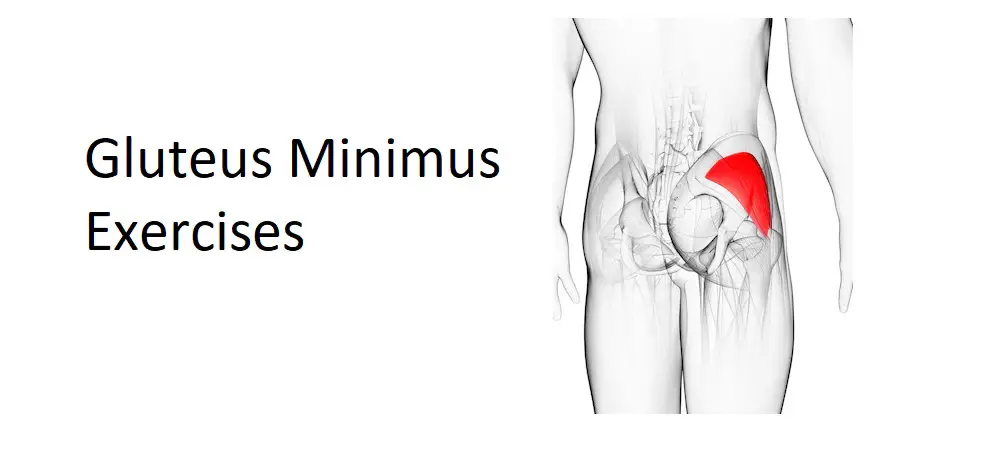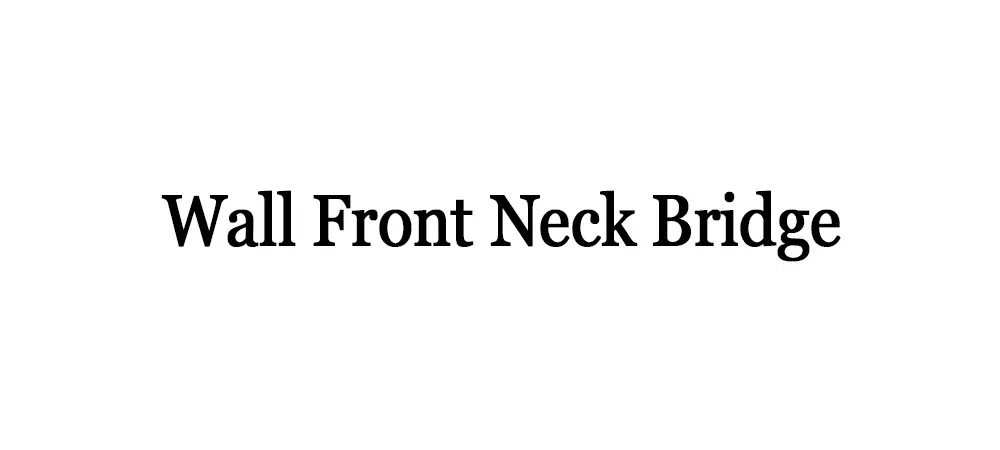Introduction
The Push Press is a dynamic compound exercise that targets the shoulders, triceps, and legs, making it an effective full-body strength and power exercise. In this comprehensive guide, we’ll explore the correct technique, benefits, variations, and other essential details associated with it.
Instructions
Setup:
- Starting Position: Begin by standing with your feet shoulder-width apart, holding a barbell at shoulder height with an overhand grip. The barbell should be positioned in front of your shoulders, resting on your clavicles and deltoids.
- Hand Placement: Position your hands slightly wider than shoulder-width apart on the barbell, with your palms facing forward or slightly inward.
Execution:
- Dip: Bend your knees slightly and lower your body into a quarter squat position, keeping your torso upright and your weight on your heels. This movement is known as the dip.
- Drive: Explosively extend your knees and hips while simultaneously pushing the barbell overhead with your arms. Use the momentum generated from the lower body to assist in lifting the weight overhead.
- Lockout: Once the barbell reaches maximum height overhead, fully extend your arms and legs to lock out the weight. Your elbows should be fully extended, and the barbell should be directly overhead.
- Lowering: Lower the barbell back to the starting position by bending your elbows and lowering it under control to the front of your shoulders.
- Repeat: Perform the desired number of repetitions with proper form and control.
Tips:
- Keep your core engaged and your back straight throughout the movement.
- Focus on driving through the heels and explosively extending the hips and knees during the drive phase.
- Use the momentum generated from the dip to assist in lifting the weight overhead.
Benefits
- Full-Body Strength: It engages multiple muscle groups, including the shoulders, triceps, legs, and core, making it an effective full-body strength exercise.
- Explosive Power: By incorporating a dynamic leg drive into the movement, helps develop explosive power, which is beneficial for sports and activities that require quick and powerful movements.
- Shoulder Development: It targets the deltoid muscles of the shoulders, helping to build strength and size in this area.
- Functional Movement: It mimics functional movements like lifting objects overhead, making it a valuable exercise for improving everyday strength and mobility.
Muscles worked in Push Press
The Push Press primarily targets the muscles of the upper body, particularly the shoulders, and triceps, while also engaging muscles of the lower body and core for stabilization and support. Here are the main muscle groups worked during the Push Press:
- Deltoids (Shoulders): The deltoid muscles are heavily engaged during the Push Press, especially the anterior (front) and medial (middle) deltoid heads. These muscles are responsible for lifting and stabilizing the weight overhead.
- Triceps Brachii: The triceps muscles, located on the back of the upper arm, assist in extending the elbow joint to help lock out the weight overhead during the Push Press.
- Trapezius: The trapezius muscles, particularly the upper fibers, help stabilize the shoulders and support proper posture throughout the movement.
- Pectoralis Major (Chest): The chest muscles contribute to the initial pressing phase of the Push Press, assisting the shoulders and triceps in lifting the weight overhead.
- Latissimus Dorsi (Lats): The lats play a role in stabilizing the upper body and assisting with shoulder extension during the overhead portion of the lift.
- Core Muscles: The muscles of the core, including the rectus abdominis, obliques, and erector spinae, are engaged to maintain stability and control throughout the movement.
- Quadriceps: The quadriceps muscles, located on the front of the thigh, help generate force during the initial drive phase of the Push Press by extending the knees during the dip and drive.
- Hamstrings: The hamstrings muscles, located on the back of the thigh, assist in stabilizing the knee joint and providing support during the lowering phase of the Push Press.
- Glutes: The gluteal muscles, including the gluteus maximus, medius, and minimus, help stabilize the hips and pelvis during the movement.
Overall, the Push Press is a compound exercise that engages multiple muscle groups simultaneously, making it an effective exercise for developing strength, power, and muscle mass in the upper body and lower body.
Alternate names for Push Press:
- Press
- Shoulder Press
- Push Shoulder Press
- Barbell Press
Variations
- Dumbbell Push Press: Perform the Push Press using dumbbells instead of a barbell to allow for greater range of motion and unilateral training.
- Kettlebell Push Press: Use kettlebells instead of a barbell to perform the Push Press, which can provide a different challenge to the shoulders and stabilizing muscles.
- Single-Arm Push Press: Perform the Push Press with one arm at a time, alternating between arms, to challenge balance and stability.
- Behind-the-Neck Push Press: Perform the Push Press with the barbell starting behind the neck instead of in front, targeting slightly different muscle groups.
Conclusion
The Push Press is a highly effective exercise for developing full-body strength, power, and shoulder muscle mass. By mastering the proper technique and incorporating variations into your training routine, you can enhance your athletic performance, build muscle, and achieve your fitness goals.
Also, check the Power Jerk

